August 2013 Tax Tips
Play or pay: Is your business ready?
Beginning in 2014, the Patient Protection and Affordable Care Act requires “large employers” — those with 50 or more full-time-equivalent employees — to provide affordable health care coverage or pay a penalty. If you don’t provide coverage, and one or more employees qualify for government premium assistance, the penalty is $2,000 per full-time employee (excluding the first 30 employees). If you do provide coverage, but it fails to meet certain affordability and minimum value requirements, the penalty is the lesser of the penalty described above or $3,000 per employee who receives premium assistance.
To prepare for these “play or pay” rules, consult your advisors to determine whether your company is subject to the health care act and, if so, whether your plan meets the affordability and minimum value requirements. If it doesn’t — or if you don’t offer health coverage — you should weigh the cost of providing coverage against the potential penalty expense.
How to amend an irrevocable trust
Often, trusts must be irrevocable in order to produce the greatest tax benefits. But what happens if your circumstances or objectives change? Are you stuck with the trust as is or can you change it?
One technique that may allow you to “rewrite” an irrevocable trust that no longer meets your needs is called “decanting.” If permitted by state law, decanting allows you to “pour” funds from an existing trust into a new trust with different terms. For example, you might use decanting to change beneficiaries, modify distribution standards or move the trust to a state with more favorable asset protection laws.
Decanting laws vary dramatically from state to state, so consult your advisor to find out whether it’s an option. If you’re establishing a new trust, consider including language that expressly authorizes the trustee to decant the trust.
Don’t overlook reinvested dividends
One of the most common mistakes investors make is forgetting to increase their basis in mutual funds to reflect reinvested dividends. Many mutual fund investors automatically reinvest dividends in additional shares of the fund. These reinvestments increase tax basis in the fund, which reduces capital gain (or increase capital loss) when redeeming the shares.
If you neglect to include reinvested dividends in your basis, you’ll end up paying tax twice: first on the dividends when they’re reported to you on Form 1099-DIV, and again when you redeem shares and the reinvested dividends are included in the proceeds. •
This material is generic in nature. Before relying on the material in any important matter, users should note date of publication and carefully evaluate its accuracy, currency, completeness, and relevance for their purposes, and should obtain any appropriate professional advice relevant to their particular circumstances.


Subscribe to Our Newsletter
Receive a digest of articles published by our thought leaders in your inbox.
Subscribe to Get Our Special Offers
Thanks for subscribing. You'll be the first to hear about new items and special offers.
Please try again later.
Resources
Meyers Brothers Kalicka, P.C. | Privacy Policy







